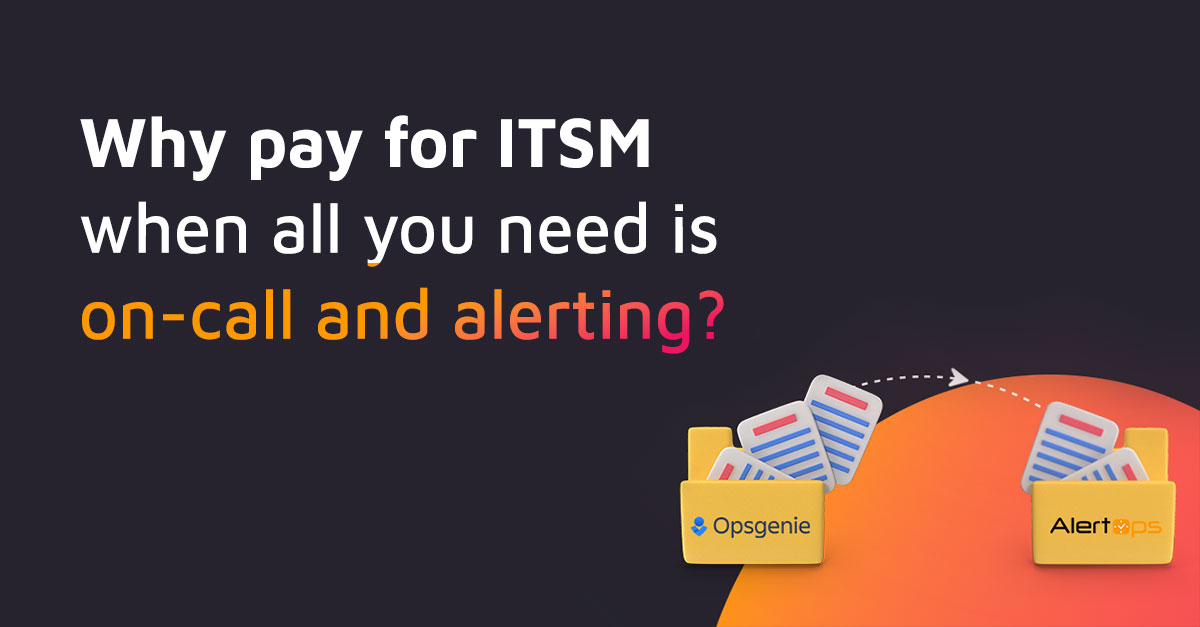Customers are the lifeblood of a successful enterprise. Yet too often, enterprises fail to keep their customers up to date during an outage. In these scenarios, enterprises risk alienating customers and losing them to rivals. To better understand why this may be the case, let’s consider an example.
If an enterprise network shuts down, it may impact the company’s ability to deliver critical services to its customers. Meanwhile, an enterprise incident management team that focuses solely on internal communications – and fails to keep client support staff up to date – puts its business at risk.
Whereas incident management team members are kept in the loop about the outage, all other stakeholders are left to wonder what is happening. This ultimately may result in miscommunications across the business.
At the same time, customers may reach out to the business’ client support team to find out why various services are unavailable and when service issues are going to be corrected. But client support team members likely have no idea that an outage has occurred until customers notify them about it. At this point, customers may be frustrated and ready to consider other service providers.
Enterprises also may face regulatory penalties if major outages – and the customer communications associated with them – are not managed properly. Perhaps even worse, an enterprise that fails to meet the requirements of a service-level agreement (SLA) could suffer brand reputation damage, revenue losses and other customer-centric issues.
How to Maintain Communication with Customers During an Outage
There is no need to let even a minor outage cause long-term customer problems. Now, let’s take a look at five tips to help your enterprise maintain communication with customers during an outage:
- Be Proactive
Don’t wait to notify customers and other key stakeholders about an outage. Instead, alert stakeholders right away and continue to keep them up to date until an outage is resolved.
An alert tracking system that offers templates can play an important part in proactive customer communications, too. This system comes equipped with standard templates for each type of response. Additionally, incident management teams can use the system to craft custom templates.
- Provide Pertinent Information
Send alerts that provide customers with information they want to know. That way, customers can get the information they need, precisely when they need it.
Consider the customer’s perspective when crafting incident notifications as well. By doing so, an incident management team can tailor its message to its target audience.
- Use a Clear, Concise Tone
It is crucial to avoid miscommunications that otherwise confuse or irritate customers. With a clear, concise tone, an incident management team can avoid such issues.
Provide customers with timely, accurate information in each alert. Furthermore, avoid jargon, and use terms that customers are sure to understand.
- Deliver Regular Updates
Don’t leave customers in the dark during an outage. Conversely, provide updates as frequently as possible – even if the update is that there is nothing new to report at this time.
An alert tracking system that offers workflow automations can help an incident response team maintain contact with customers throughout an outage. This system enables an incident management team to deliver the right message, to the right audience, at the right time, every time.
Thanks to the aforementioned system, an incident management team can create workflows to automate callbacks to ticketing software, forward flows to open and close tickets and more. Best of all, automated workflows can be used to instantly notify customers and other key stakeholders about outages and other incidents.
- Follow-Up with Customers
An outage is a serious problem, regardless of its size. As such, it deserves the utmost attention and should be analyzed from all angles.
By following up with customers after an outage, an incident management team can identify its strengths and weaknesses. Then, an incident management team can use customer feedback to drive meaningful business improvements.
It generally won’t take long to follow up with customers after an outage, and the benefits of a customer follow-up can be long-lasting. If an incident management team requests customer feedback, it can show customers that it cares. As a result, this team could help an enterprise bolster its customer satisfaction levels and further differentiate itself from the competition.
Choose the Right Alert Tracking System for Your Enterprise
Outages are worrisome for an enterprise and its customers. Fortunately, an alert monitoring system helps an incident management team maintain ongoing customer communication.
An alert tracking system simplifies customer communications, and for good reason. It enables an incident management team to notify customers about an outage or other problems. Plus, the system allows an incident management team to engage customers like never before.
When it comes to customer communications, an alert tracking system is a must-have for enterprises. With this system in place, an incident management team can keep in touch with customers throughout all stages of an incident.
Check Alertops for More Information.


